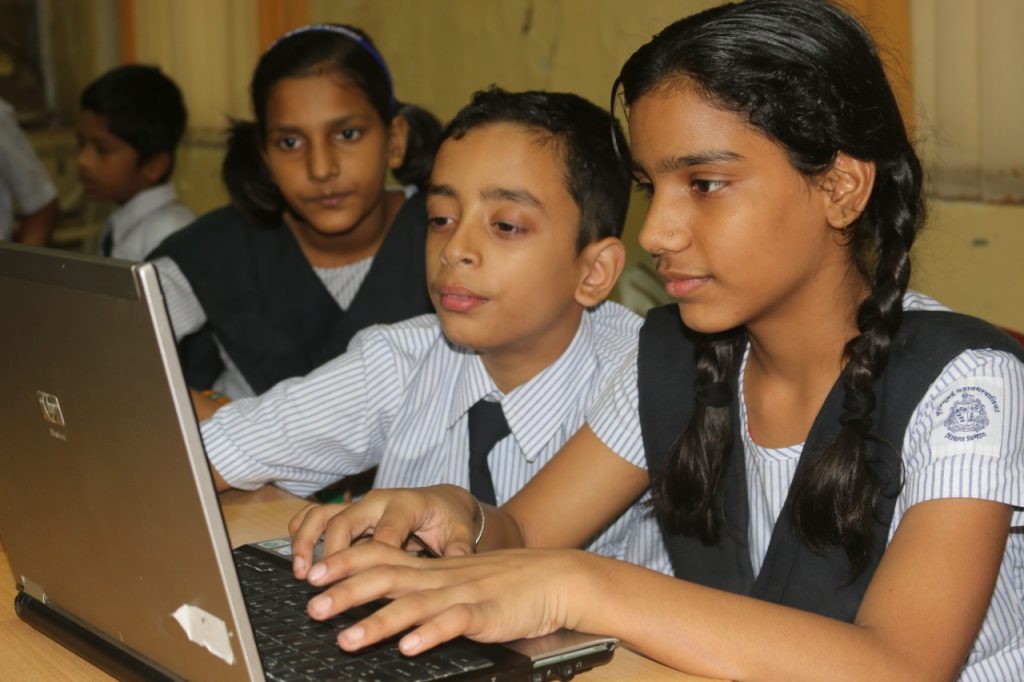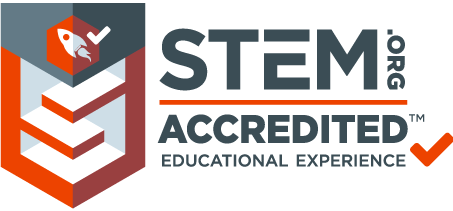
STEM Education To Bridge The Gap Between Current And Future Skill Sets
Back in 2001, the National Science Foundation introduced the acronym “STEM”, standing for Science, Technology Engineering, and Math. In the decades that followed, educators and schools adopted and expanded efforts to embrace STEM related education.
Today, children are more familiar with technology than any prior generation but just being familiar with technology is not enough. Students in 2020 need a solid foundation in STEM to compete in careers where technical knowledge, problem-solving, and relationship-building are essential elements of the field.
Teacher and parent involvement
Learning has changed from the time of baby boomers. Millennials don’t learn the same way. Their attention span is short and so education techniques must grow and change to meet their needs. New technologies and mediums need to be used by teachers to get the attention of students.
Various activities can be held to gain a hands-on practice of problems in while teaching. Teachers and parents are key influencers of young people who are making decisions about their future. The students should be taken to factories, offices, science centers or national parks and forests as part of their school curriculum. Since learning concepts is beyond just passing exams but mainly having the understanding for life.
Introduction of fun hands-on activities
STEM education helps social-emotional learners develop and apply skills to understand and manage emotions, achieve goals and increase problem-solving abilities in real-life situations. When computer science and STEM curriculum are taught only in front of a tablet or computer, it can be very isolating. But, when the curriculum incorporates engaged learning with interactive activities, critical thinking discussions and interactive problem solving, students gain the skills necessary for social emotional growth.
The challenges currently faced:
- Who will teach STEM?
- How will they teach STEM?
- How will students connect with the STEM curriculum?
Educators can bring about a noticeable difference by making sure the curriculum empowers the educator, builds their confidence, is compliant with education standards, and results in measurable student outcomes.
Bringing computer science and technology curriculum out of the isolation of self-paced learning and into the teacher-led, engaged learning classroom, STEM curriculum will introduce students to foundational computer science skills as well as reinforce social-emotional learning competencies, along with math and language arts standards.
Partner with industries
This interest in early years could grow into an exciting and rewarding STEM career. Companies can also collaborate with local schools, community colleges, and non-profit organizations to create programs for young minds to build interest in STEM skills in order to bridge the knowledge gap early on.
STEM education is vital to the future of the manufacturing industry. Empowering students to take up this career path can help create a generation of skilled workers who can greatly bridge the knowledge gap in this industry. We need to work together to build the foundation of STEM education to create talented, resourceful, and competent workers.
Being the second most populated country with unmatched talent and culture, India needs a combined support from government and other education societies to avail the opportunity and benefits of STEM education.
Now, with the Government of India also focusing on campaigns such as ‘Make in India’ Innovation Mission, there is focus on developing innovation and manufacturing right from schools. This will be the right time for India to rise to the challenge and develop a culture of application-based learning and innovation among the schools, students, colleges, and teachers.
Preparing students for future ready careers
The Skills Gap Study states that there are five main skills that will be essential to succeed in the Fourth Industrial Revolution:
- Technology and computer skills
- Digital literacy and competency
- Working knowledge of tech-enabled tools and techniques
- Robot and automation programming
- Critical thinking
In India, though nascent, there is a lot of innovation which is taking place with regard to STEM:
- The education sector is looking beyond smart classrooms towards hands-on learning and STEM enhancement on their current information and communications technology and smart class platforms.
- Many STEM companies are working with schools to help them set up labs with upcoming technologies like Virtual Reality and Augmented Reality.
- The government is looking to help educational institutions to upgrade their library infrastructures with more engaging learning assets and management tools and implementing Learning Management Systems, assessment systems, language labs, library management system, gamification, etc.
- New ‘entry level’ coding devices are coming to market that provide schools with the ability to teach simple coding and bring STEM to life in the classroom.
Employers plan to address the skills gap with a mix of strategies. They’ll be hiring new staff with the relevant competencies, as well as automating routine tasks. The demand for higher cognitive skills such as creativity, critical thinking and decision making, and complex information processing will grow in the future.
The vast options for education today reflect the demand for more accessible, high-quality curriculum. This demand suggests that people are already preparing for the Fourth Industrial Revolution. They understand the need to evolve and improve. STEM education helps to bridge this gap and prepare students for a successful future ready career.

